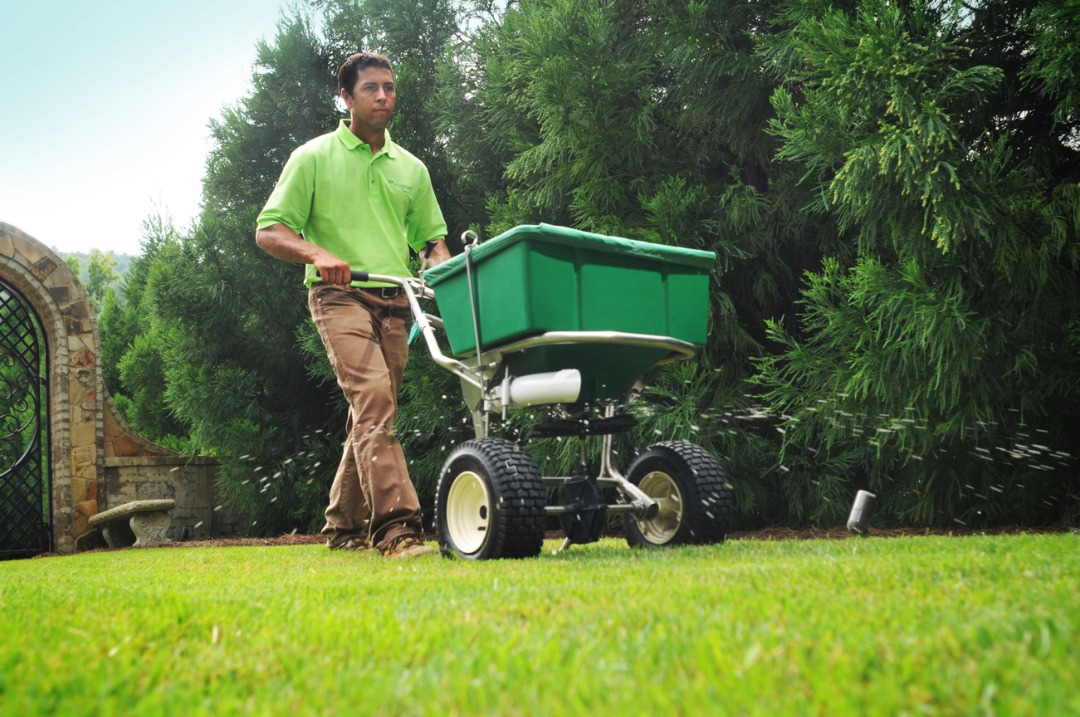Get a free estimate
If you have questions about our services, plans and pricing or just want to say hello, we are here for you. Fill out the form below and we will communicate with you by email (and of course provide you with a free estimate).
JANUARY 28 2020 / LAWN
Preparing your lawn for summer starts in the spring and requires equal parts waiting and prep work. The grass will naturally begin to emerge with the help of the sun, soil, and rainfall. As the temperature of the soil increase, the roots begin to wake up and produce green shoots of grass! To help that process produce a Lush Lawn follow these steps!
If you are new to the lawn care world, consult a lawn care professional first to determine what is suitable for your warm or cool weather grass type.

Scalping your lawn in January or February allows sunlight to begin warming the soil. Warming soil acts as an alarm clock for the grass’s roots telling it to wake up from dormancy. Lower mower blades to remove dead grass. Mow frequently so you don’t cut off more than 1/3 of the leaf blade at a time.
It is important to complete this step before the spring green-up! Use the proper pre-emergent herbicide to kill germinating winter weeds like wild garlic. chickweed, dandelion. Read the label on each package of weed killer used to make sure native grasses go unharmed. If you have a lawn care service, professionals will continue your weed prevention schedule. Now is the perfect time to test the soil to determine the chemical modifications that are necessary to make corrections to nutrient-deficient soil. Ideal pH balances vary based on grass type and determining the appropriate level.
If your lawn care service divides the pre-emergent applications into two rounds, the second round of pre-emergent will be applied in March or April. To eliminate crabgrass effectively, apply pre-emergent before March 31st to prevent seeds from germinating. Many weeds spread by seeds and will grow taller than the surrounding grass for optimal seed dispersion. Mowing regulars ensure you chop off these seed heads before they have time to mature. Pre-emergent needs to be “watered in” whether through irrigation or rain to be absorbed by the soil.

Establish a fertilization schedule for the spring and summer months. The first application of fertilizer should occur when Bermuda grass is 50% green, or the soil temperatures are above 65 degrees. Zoysia grass can be fertilized after the grass has reached 75% green or the soil reaches 65 degrees. Fertilize Bermuda grass every 6 weeks and Zoysia grass every 7 weeks until mid-September. If you use a lawn care service, they will create a fertilization schedule that is customized to your lawn and its needs.

New lawns may need supplementary watering between periods of rain. If there is little or no rainfall, give your grass a 1/2 inch of water twice a week to prevent runoff. During later spring, when your grass starts to flourish, make sure your lawn receives at least an inch of water per week!
If you have an automated sprinkler system, you already know the cold, dry winter months often cause cracks in the plastic tubing or loose nozzles. Now is the time to test your system for any damaged nozzles or lines. If you find any issues, contact a professional now before the dry, summer months can wreak havoc on a yard without enough water. If like most of us, your sprinkler system consists of a water spigot, a hose, and a sprinkler, then your job is easier. Set it up as you would during the summer to make sure all components are operational. This shouldn’t take more than an hour.
By mid-Spring you’ll be able to identify any patches of grass that haven't recovered from the winter or weren't adequately prepped during the fall. Sodding in the spring when the soil temperature is over 65 degrees improves the chances of success for warm-weather grasses. Laying sod is ideal in May. Bermudagrass needs direct sunlight to flourish and is very sensitive to shade. If you notice slowed growth, trim back trees and bushes to allow more light to filter down to your lawn. Thinning bermudagrass can become prone to weed infestation.
Fertilizer, water, and oxygen need to reach the root of the grass so aerating your yard may be necessary. The best time to aerate is just before rapid grass growth. Luckily, you have a few options. You can purchase an aerator, rent an aerator, or hire a professional lawn care company with the experience and equipment to properly aerate your yard. Aerate towards the end of May or at the beginning of the summer.
If you are new to the lawn care world or just busy with life, call Waynes and let our Lawn & Landscape Professionals take care of your lawn, so you can enjoy it more!